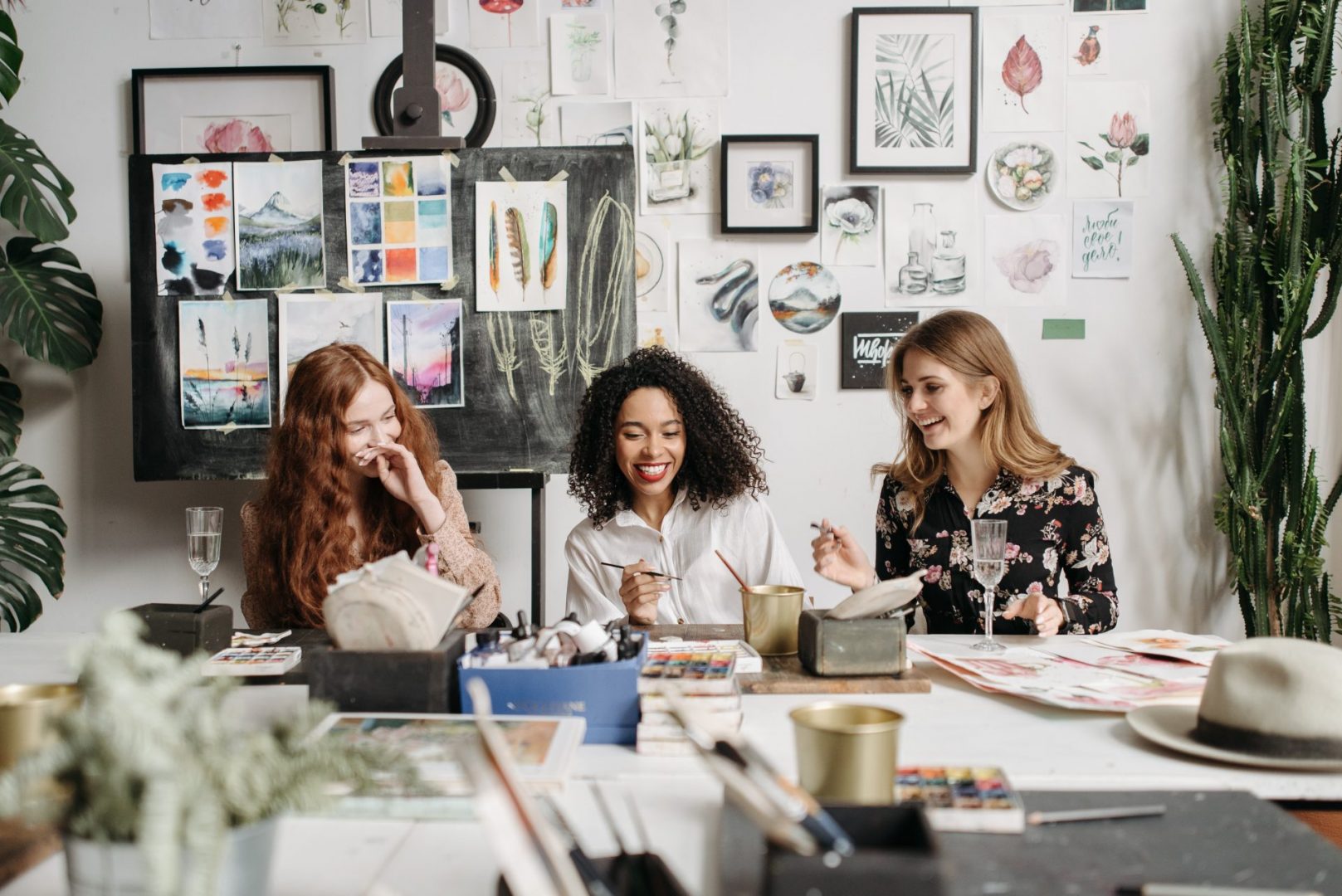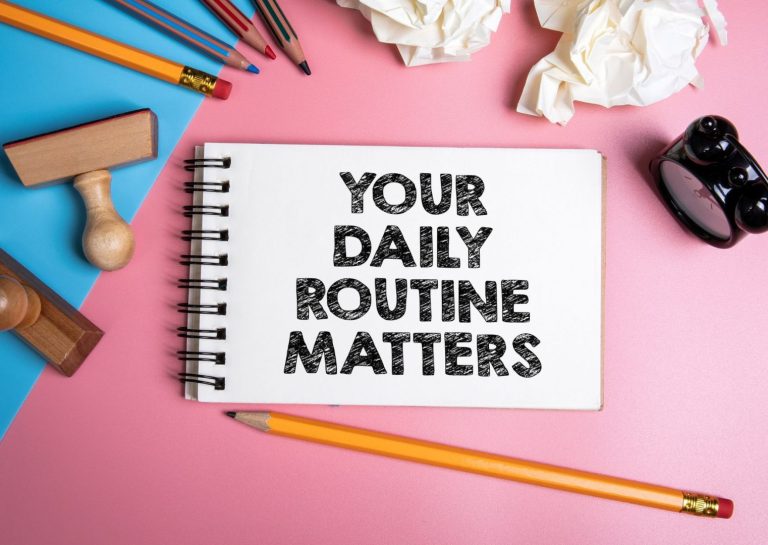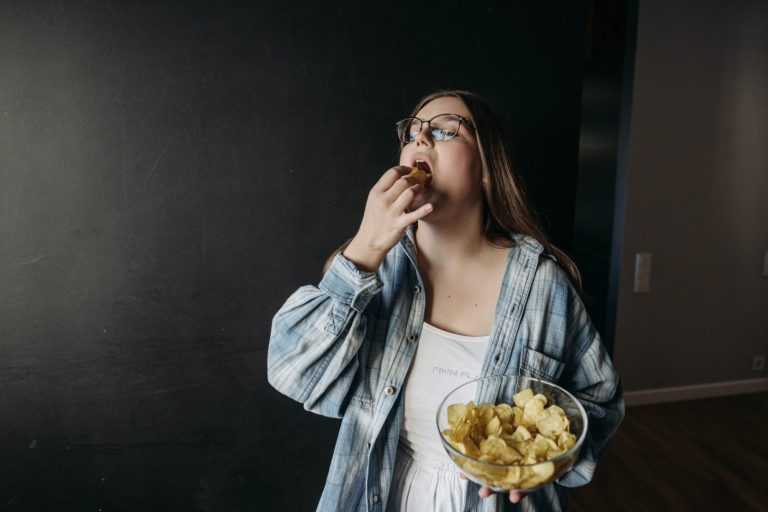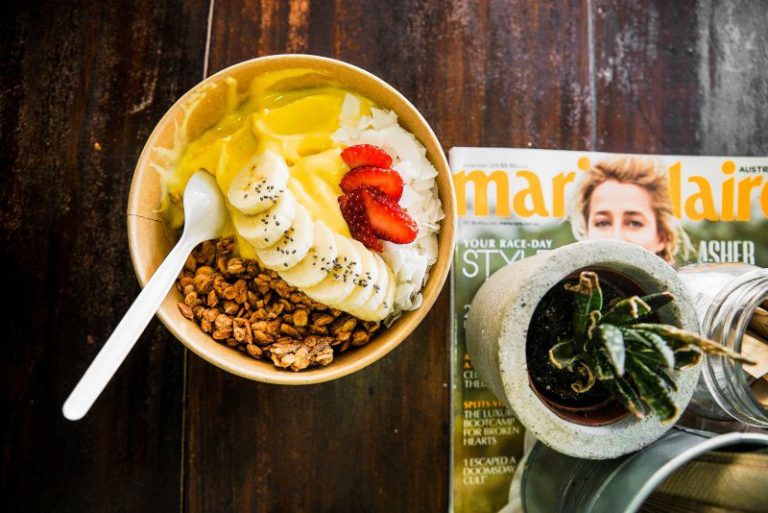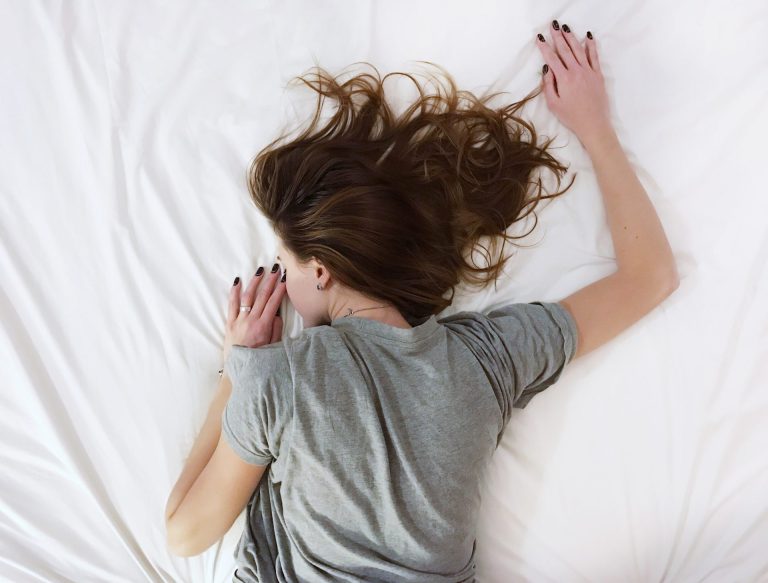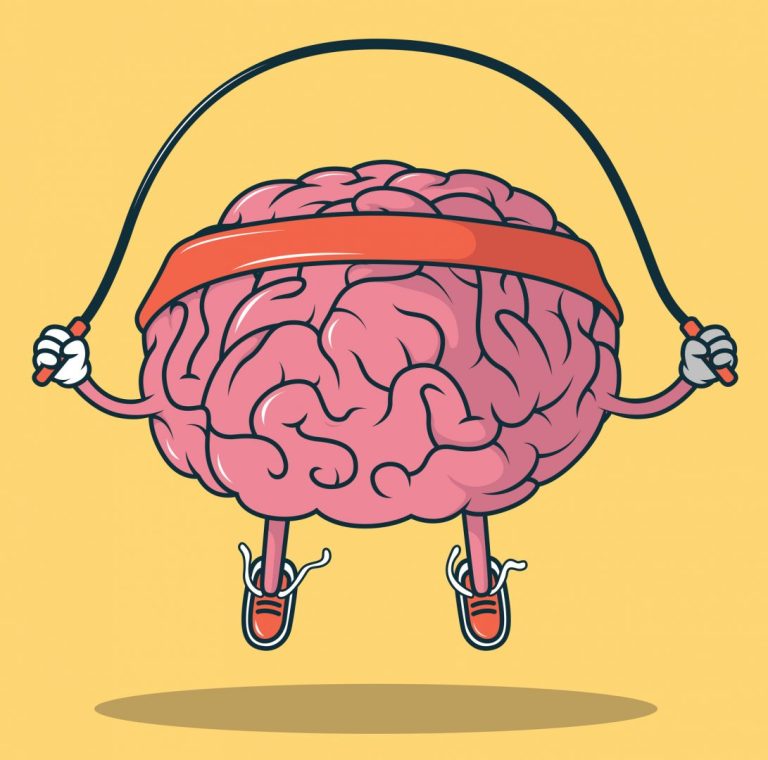How does Creativity Impact Health?
Creativity is the ability to generate novel and useful ideas, products, or solutions. It is often associated with artistic expression, such as painting, writing, dancing, or music. However, creativity can also be applied to any domain of human endeavor, such as science, engineering, business, or education. Creativity is not only a source of joy and fulfillment, but also a powerful tool for enhancing our health and well-being.
In this blog post, we will explore some of the ways that creativity positively impacts our health, both mentally and physically. We will also provide some tips on how to enhance your creativity and reap its benefits.
Creativity Improves Mental Health
One of the main benefits of creativity is that it improves our mental health. Research has shown that engaging in creative activities can help us cope with stress, anxiety, depression, trauma, and other negative emotions. Creativity can also boost our self-esteem, self-confidence, and sense of identity.
How does creativity achieve these effects?
There are several possible mechanisms:
Creativity provides a form of self-expression
When we create something, we are able to communicate our thoughts, feelings, experiences, and perspectives in a meaningful way. This can help us process and release emotions that are too difficult or painful to put into words. It can also help us gain insight and understanding of ourselves and our situations.
Creativity puts us in a flow state
A flow state is a psychological state of optimal attention and engagement in an activity that is challenging but enjoyable. When we are in flow, we lose track of time and self-consciousness, and we feel fully absorbed and energized by what we are doing. Flow states have been linked to increased happiness, productivity, and creativity.
Creativity stimulates our brain
When we engage in creative activities, we activate different regions and networks of our brain that are involved in cognition, emotion, memory, and learning. This can enhance our cognitive abilities, such as problem-solving, critical thinking, and divergent thinking. It can also improve our mood and emotional regulation by releasing neurotransmitters such as dopamine and serotonin.
Creativity Enhances Physical Health
Creativity can also have positive effects on our physical health. Some of the ways that creativity can benefit our body include:
Creativity reduces stress
Stress is a major risk factor for many chronic diseases, such as cardiovascular disease, diabetes, and cancer. Creativity can help us lower our stress levels by providing a distraction from our worries, a sense of control over our environment, and a outlet for relaxation and enjoyment.
Creativity boosts our immune system
Our immune system is responsible for protecting us from infections and diseases. Creativity can enhance our immune function by reducing inflammation, increasing antibody production, and modulating cellular activity.
Creativity improves our motor skills
Many creative activities involve physical movement, such as drawing, painting, sculpting, dancing, or playing an instrument. These activities can improve our hand-eye coordination, fine motor skills, balance, flexibility, and strength.
How to Enhance Your Creativity
Now that we have seen some of the benefits of creativity for our health, how can we cultivate more creativity in our lives? Here are some tips to get you started:
Exploring New Experiences to Boost Creativity & Wellbeing
One of the best ways to spark your creativity is to expose yourself to new experiences, perspectives, and challenges. You can try a new hobby or skill, visit a new place or culture, read a new book or genre, watch a new movie or show, listen to a new music or podcast, or meet new people or groups.
Making Time for Play as a Source of Fulfilment
Play is not merely entertainment but an essential practice that nurtures creativity, imagination, and personal growth consistently. Additionally, engaging in playful activities encourages experimentation with ideas, allowing freedom of expression and exploration without fear of failure. Consequently, play fosters resilience by teaching individuals valuable lessons through trial, error, and adaptive problem-solving in various situations. Furthermore, incorporating games, puzzles, storytelling, or humour stimulates the mind while strengthening social connections and emotional wellbeing. Ultimately, prioritising time for play enhances fulfilment, creativity, and overall life satisfaction through joyful and meaningful experiences.
Seeking Inspiration as a Path to Fulfilment
Inspiration drives creativity by sparking new ideas and encouraging innovative ways of thinking across different areas. Inspiration may come from art, literature, history, science, religion, philosophy, or personal experiences encountered in everyday life. Seeking inspiration involves observing surroundings carefully and noticing details that often go overlooked by others. Asking thoughtful questions can stimulate curiosity, guiding the mind towards fresh perspectives and creative breakthroughs consistently. Researching interesting topics expands knowledge, providing valuable material to inspire and shape new creative expressions. Meditating on goals brings clarity, focus, and motivation to pursue meaningful personal or professional projects. Ultimately, inspiration fuels creativity, leading to fulfilment, growth, and improved wellbeing through self-expression and imaginative discovery.
Final Thoughts on Fulfilment
Ultimately, creativity thrives through practice and collaboration, allowing individuals to strengthen skills, expand networks, and discover new opportunities. Additionally, engaging with communities, mentors, or projects fosters inspiration and builds confidence while encouraging growth in both personal and professional contexts. Consequently, consistent creative practice enhances wellbeing, resilience, and fulfilment, supporting long-term mental health and overall life satisfaction. Therefore, embracing creativity as both a gift and skill empowers individuals to nurture balance, happiness, and healthier ways of living.
Written by Ahmed Elsaadani
If you think that you can benefit from professional support on this issue you can reach out here.
Ahmed Elsaadani is a psychosexual and relationship therapist offering psychotherapy to individuals and couples who face problems their sexual life due to psychological impact or relational problems. He is in training with London diploma for psychosexual and relationship therapy.
References
- Stuckey, H. L., & Nobel, J. (2010). The connection between art, healing, and public health: A review of current literature. American journal of public health, 100(2), 254-263.
- Fancourt, D., & Finn, S. (2019). What is the evidence on the role of the arts in improving health and well-being? A scoping review. Health Evidence Network synthesis report, (67), 1-134.
- Zentner, M., & Eerola, T. (2010). Rhythmic engagement with music in infancy. Proceedings of the National Academy of Sciences, 107(13), 5768-5773.
- Kaimal, G., Ray, K., & Muniz, J. (2016). Reduction of cortisol levels and participants’ responses following art making. Art Therapy, 33(2), 74-80.
- Valenzuela, M. J., & Sachdev, P. (2007). Can cognitive exercise prevent the onset of dementia? Systematic review of randomized clinical trials with longitudinal follow-up. American journal of geriatric psychiatry, 15(3), 179-187.
- National Institute on Aging. (2018). Exercise and Physical Activity. Retrieved from https://www.nia.nih.gov/health/exercise-physical-activity

